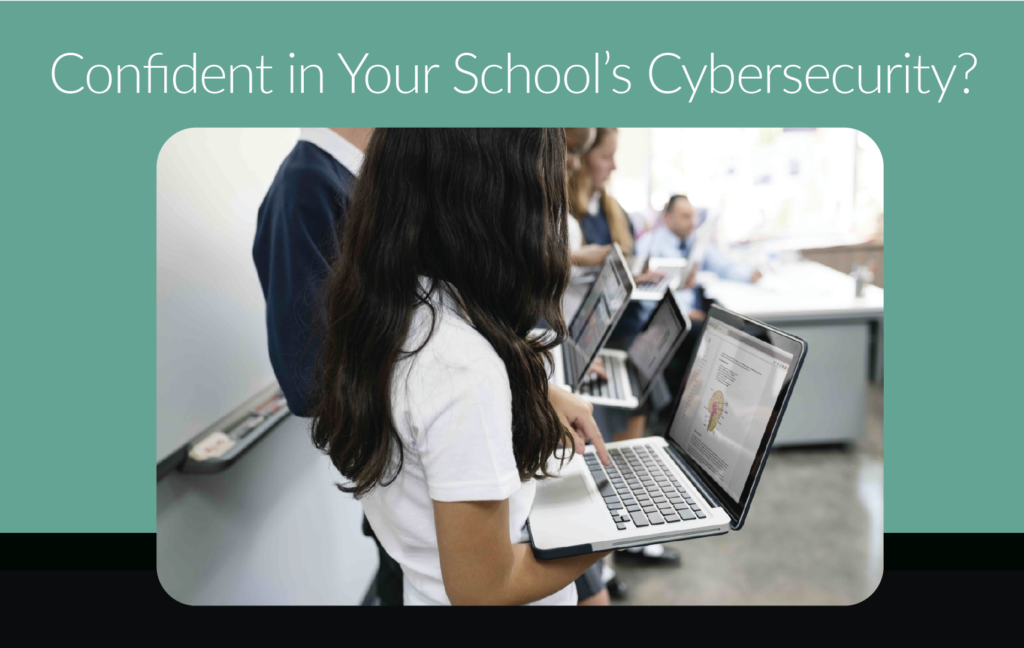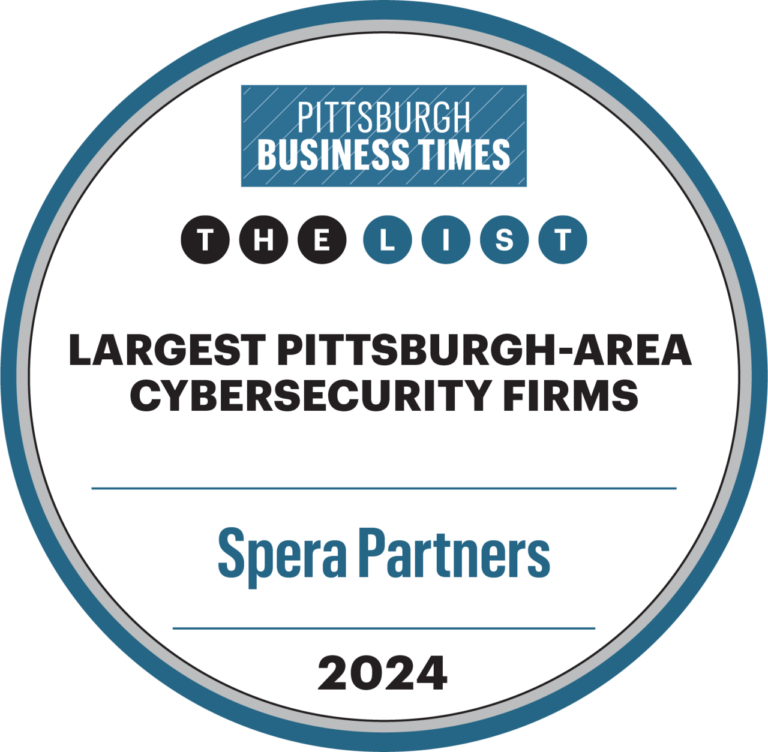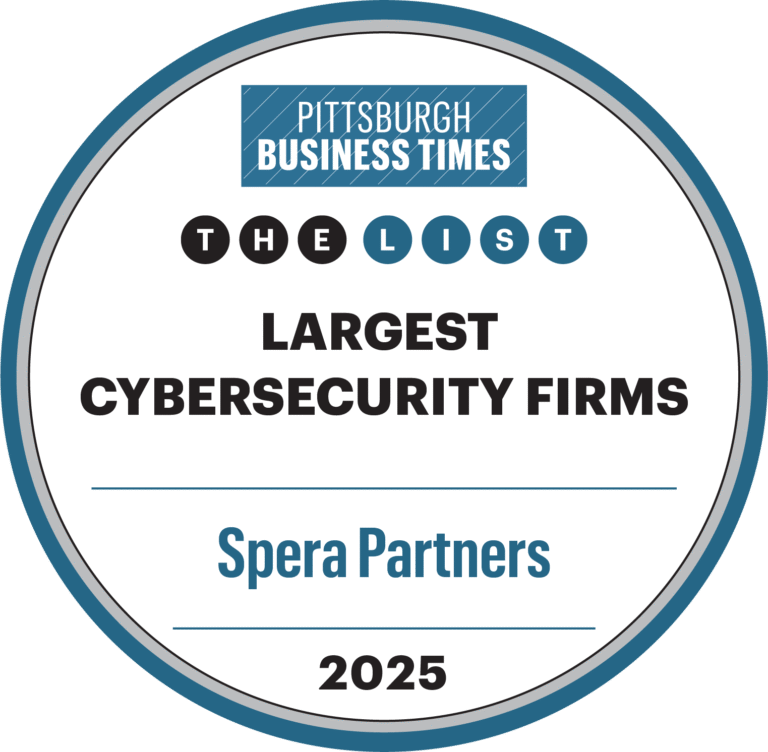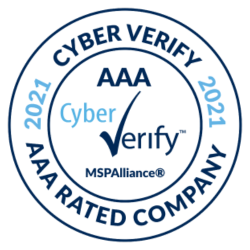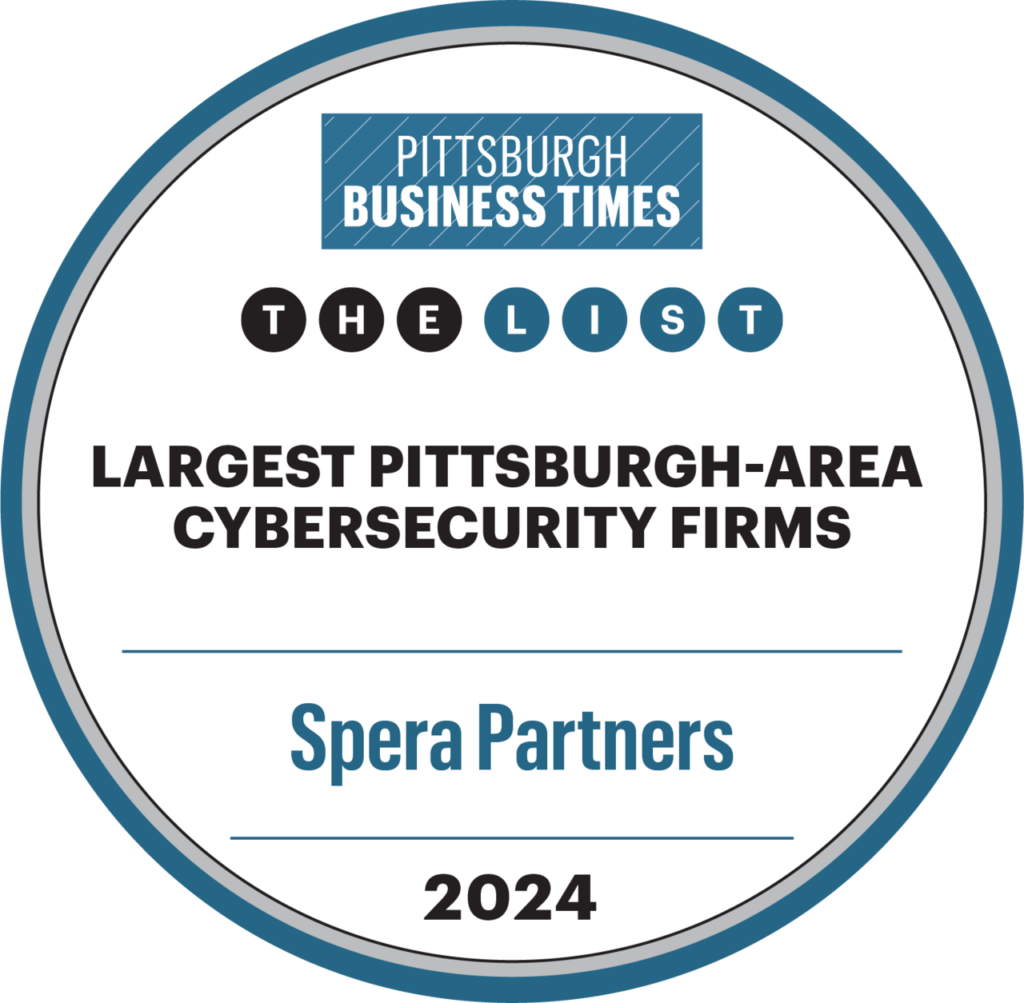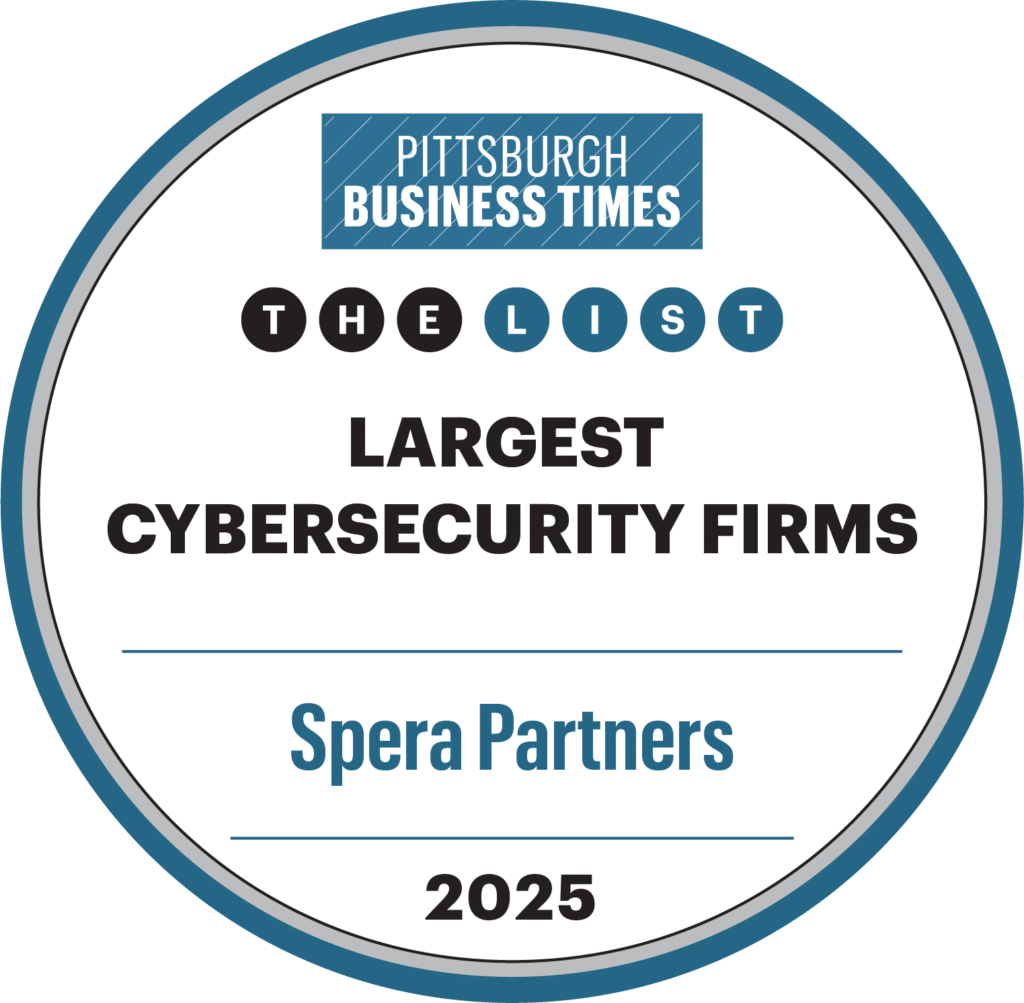With the new school year underway, now is the time for administrators and IT directors to take a close look at their cybersecurity posture. Are you off to a smooth start, feeling confident in the security of your systems and infrastructure…or discovering any gaps? Ensuring the security of your school is paramount for safeguarding sensitive information and maintaining the trust of parents, students, and staff. In this blog, we’ll walk you through the key areas for a Back-to-School cybersecurity audit and the steps to take to ensure you’re protected.
Protecting Payroll Systems
At the end of the day, a school is still a business when it comes to running the finances. Like most businesses, one of the most critical aspects of a school’s operations is its payroll system. A compromised payroll can lead to severe financial disruption, unauthorized access to staff personal information, and potential legal ramifications. Are your payroll systems fortified against cyber threats? Defining and implementing policies and procedures around direct deposit changes and password resets, in addition to regularly updating software, implementing multi-factor authentication (MFA), and conducting frequent security audits can significantly reduce the risk of unauthorized access.
Securing Student Information Systems
Student Information Systems (SIS) are treasure troves of private data, including grades, attendance records, and family contact information such as address, phone number and even Social Security numbers. A breach here can have far-reaching consequences, so strong security settings such as MFA are critical. You could even see a credit on your cyber insurance premiums if it is implemented. Are you confident in the security measures protecting your SIS? Consider conducting a thorough vulnerability assessment to identify and mitigate potential weaknesses. Encryption of data both at rest and in transit, along with strict access controls, should be standard practices.
Combating Phishing and Social Engineering Threats
Phishing attacks remain a prevalent threat, exploiting human error to gain access to sensitive information. In our experience, one nefarious email has had a cascading impact on the entire organization. Cybersecurity isn’t solely the responsibility of the IT department; it requires a collective effort. Are your staff and students adequately trained to recognize and respond to phishing attempts? Regular training sessions and simulated phishing exercises can help in raising awareness and reducing the likelihood of successful attacks. An informed community is a school’s first line of defense against social engineering tactics.
Investing in a Dedicated IT Team
A solid cybersecurity strategy isn’t just about having the right tools and policies in place; it also requires a dedicated team of IT experts who can monitor, manage, and respond to potential threats in real time. Having a specialized team focused on keeping your school’s digital infrastructure secure ensures that administrators, teachers, and students can concentrate on what matters most: excellence in education.
Back-to-School Security Audit: Your Next Steps
Conducting a start-of-year security audit is an excellent opportunity to identify and address any vulnerabilities in your cybersecurity infrastructure. Here are steps to consider:
- Review and Update Security Policies: Ensure your cybersecurity policies are up-to-date and reflect the current threat landscape.
- Conduct Penetration Testing: Regular penetration testing like simulated phishing attacks can help identify weaknesses in your systems before they can be exploited by attackers. This can be used to test how staff respond to suspicious emails, highlighting whether additional training or improved email security is needed.
- Enhance Staff Training: Implement ongoing training programs to keep staff informed about the latest threats and best practices.
- Form a Specialized IT Team: Invest in a team of IT professionals like a Managed Service Provider (MSP) who can continuously monitor your systems, respond swiftly to incidents, and provide ongoing maintenance and training. This will ensure the most advanced cybersecurity for your school, allowing you to focus on what you do best.
Spera Partners provides penetration testing as well as cybersecurity audits and can help you formalize a process for your school if you are not sure where to start.
Conclusion
Cybersecurity in K-12 schools is a continuous process that requires vigilance, education, and adaptation to new threats. It’s worth the time to complete a Back-to-School Cybersecurity Audit to assess how you measure up. By proactively addressing these key areas, you can ensure a safer digital environment. Staying on top of all the moving parts can be a challenge though, so having a dedicated IT partner is a great way to have confidence in your systems and infrastructure and peace of mind that your school community is secure – day in and day out. Are you confident in your school’s cybersecurity measures? Now is the time to review, reassess, and reinforce your defenses.
Spera Partners specializes in IT support for schools and knows how to align with your goals to enhance your technology security and optimize overall performance. Whether you require fully managed IT services or support for your in-house IT department, we will partner with you to provide technology expertise, proactive planning, and exceptional service.
Book a meeting with our President, Brian Hess, here for more information, or request a complimentary consultation here.
Spera Partners
For more information on our Educational Solutions: https://sperapartners.com/educational-solutions/

